The Othello Tunnels are located in the most rugged section of the Coquihalla Canyon. At a time when there was limited technology, tunnels were created through three solid granite mountain cliffs and bridges were built above a canyon where the river rushes three hundred feet below. It is a terrain so rugged as to seem nearly impossible even with the technology we now have.
This magnificent and unbelievable engineering feat was designed by engineer Andrew McCullough and was completed between 1911 – 1918. Sadly many immigrants lost their lives during the building of these tunnels and trestles which were deemed necessary to gain passage to the coast. Once British Columbia became part of Canada in 1871, it was necessary to link eastern Canada to the Pacific Coast. The mountains of British Columbia were a challenge, particularly those surrounding the Coquihalla Gorge. There was no way around so the engineer for the project made the decision to go through. McCullough was hired as the chief engineer in May, 1910, more than one hundred years ago. The work was completely done by hand with some help from horse drawn scrapers and black powder. Cliff ladders, suspension bridges and ropes assisted the workers in building what, even today, is considered an engineering marvel.
At the time the tunnels and passage were built, they cost $300,000.00. In today's money it would translate into approximately $5.8 million dollars. The old CPR Kettle Valley Railway once ran through this magnificent piece of history and through some of the most beautiful scenery there is in the province.
The tunnels, also known as the Quintette Tunnels, were named by Andrew McCullough who was an avid fan of Shakespeare. He used the names of Lear, Jessica, Portia, Iagy, Romeo and Juliet to name the stations on the Coquihalla route.
It was thirty-eight miles from the Coquihalla Summit to the junction with the CPR mainline across the Fraser River from Hope. It ran freight and passengers between Nelson and Vancouver but was often plagued with rock and snow slides. The Kettle Valley Railway closed in 1959 following a severe slide in the area and in May of 1986, the tunnels and surrounding area became a provincial recreation area.
Today, after walking through the tunnels and traversing the bridges, you can continue along the old railroad bed which links to the historic Hope-Nicola Cattle Trail. Many visitors take their bikes to travel the path left by a railway that is no longer available to us.
The park is closed between November and March each year because of the possibility of falling rocks and ice breaking from the surface of the walls of the canyon to the walking trails below. When visiting the tunnels, it is necessary to take a flashlight. It is important to remember also that bikes must be walked and pets must be kept on a leash at all times.
A visit to the canyons is well worth the drive for the beauty, the wonder and the amazement of what man is capable of doing. Like other men of vision, Andrew McCullough believed anything was possible.
Subscribe to:
Post Comments (Atom)

























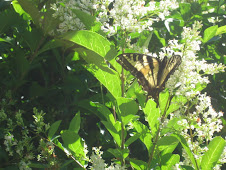















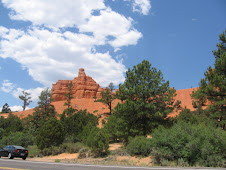
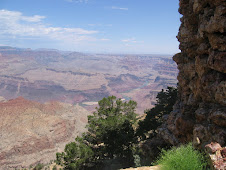
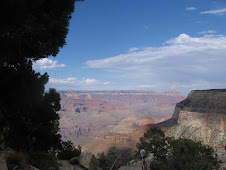
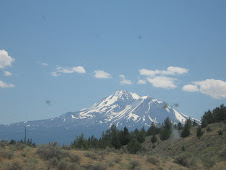



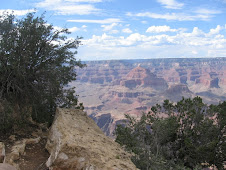
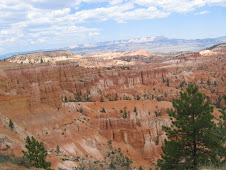




























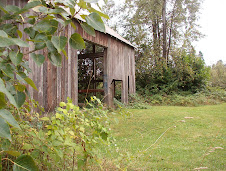




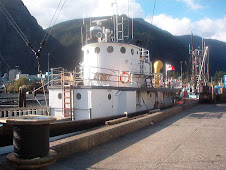

No comments:
Post a Comment